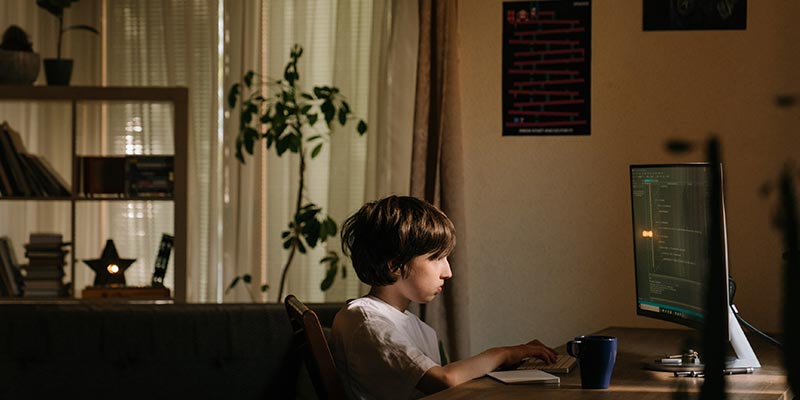
By now we all know that participating in extra-curricular activities is an important part of children’s education. Students learn discipline, teamwork, creativity, and other important life skills in the activities they do outside the classroom. They also become well-rounded people who have interesting stories to tell when it’s time to apply to college. However, the cost of children’s extra-curricular activities can be daunting for some families. It’s important to keep costs in mind and structure children’s schedules so that they’re getting the benefits of activity without burdening the family finances.
One of the first ways you can save money on your children’s activities is by encouraging them to participate in school-based clubs and teams. Private sports leagues can be a major expense. Registration and travel fees, along with uniforms and other equipment can easily surpass $1,000 per child per season. One of the benefits of school-based activities is that many of these costs are shouldered by the school/district rather than the parents. For instance, a private baseball league will likely require each player to provide his own equipment. A school league though, may provide bats, balls, and transportation to and from games, along with other perks.
Another way to keep costs down is to limit the number of activities students try at one time. Some parents find success letting children do only one or two activities at a time. Other parents make sure that children understand that their activities are a commitment. So a student can’t give up on an expensive new activity after a just a few weeks. This encourages kids to be more thoughtful about what they take on.
It’s also important to remember that not every activity has to be organized. There are lots of fun, character-building things students can take up on their own, for much less money than group-based activities. For instance, running and cycling are highly regarded activities with measurable mental health benefits and very little up-front cost. By encouraging your student to try something on their own, you teach them not to be limited by the obvious options and to think about the kinds of things that they might personally enjoy. Maybe there’s no art club at your child’s school. But a few trips to the local arts and crafts store could take the place of expensive private lessons.
The key is to be flexible in thinking about the choices you and your children have in taking on activities. Be realistic about your family’s financial situation and don’t worry that your children are missing out if they’re not playing on the most expensive teams. It’s okay if they don’t do every activity their friends are doing. Sometimes the things we really love are things we find all on our own. As long as your children are thoughtful and committed to the projects they start, there is no shortage of lessons they can learn from whatever they decide to try.


